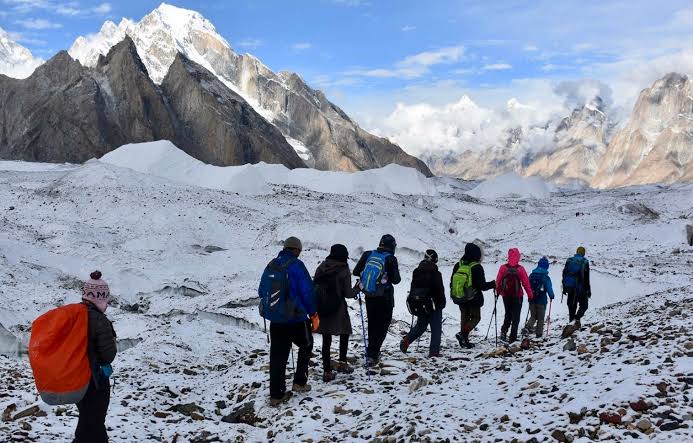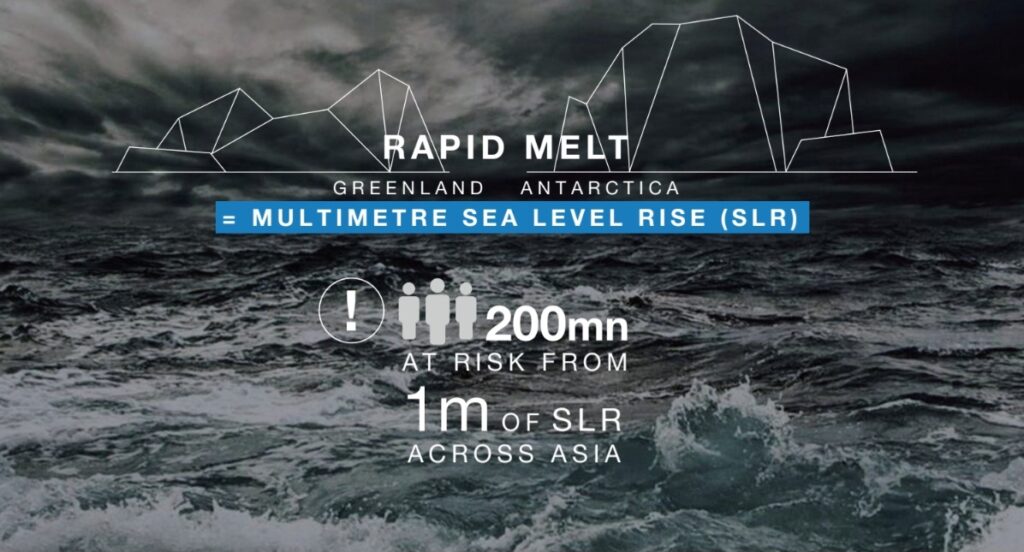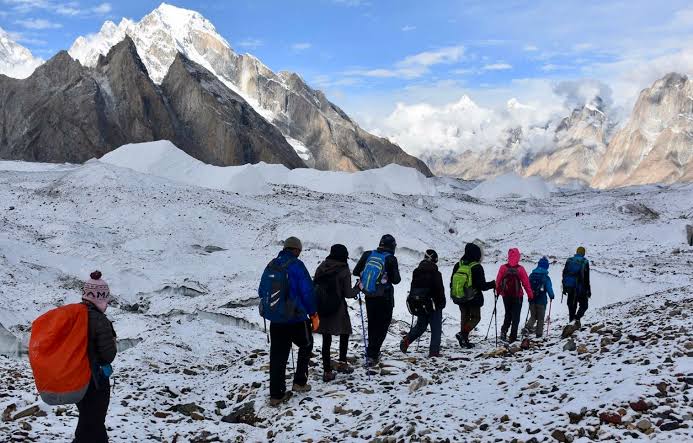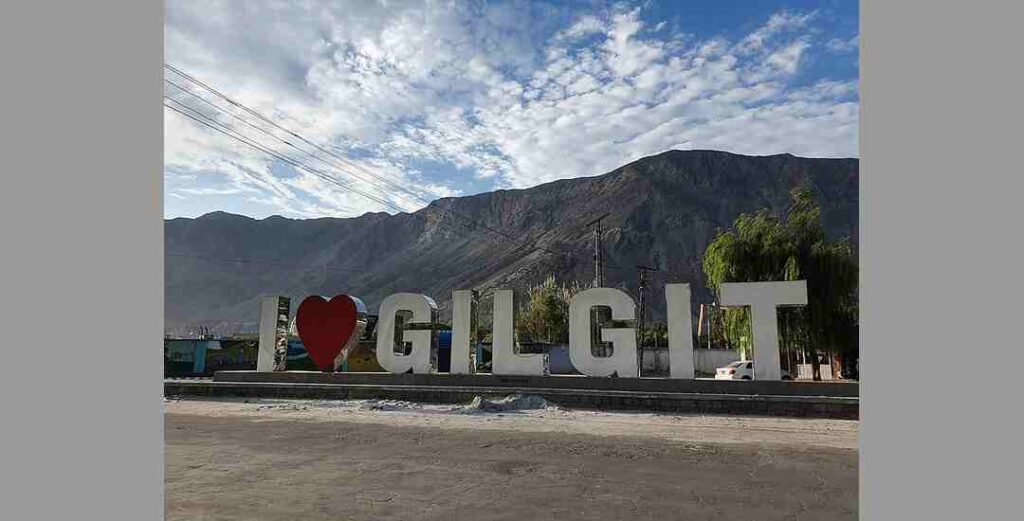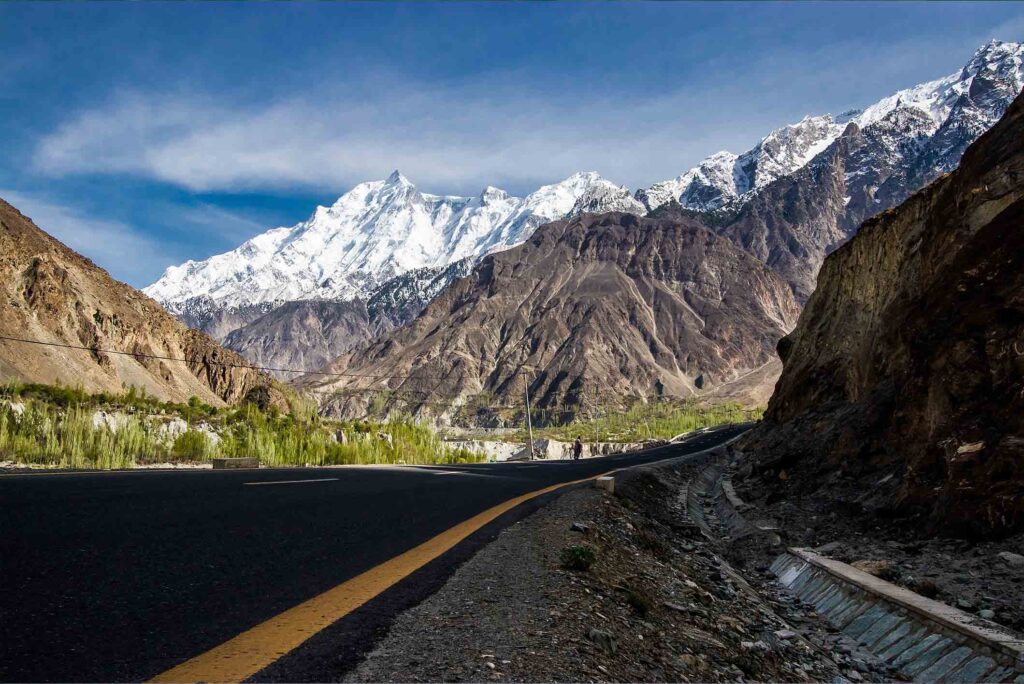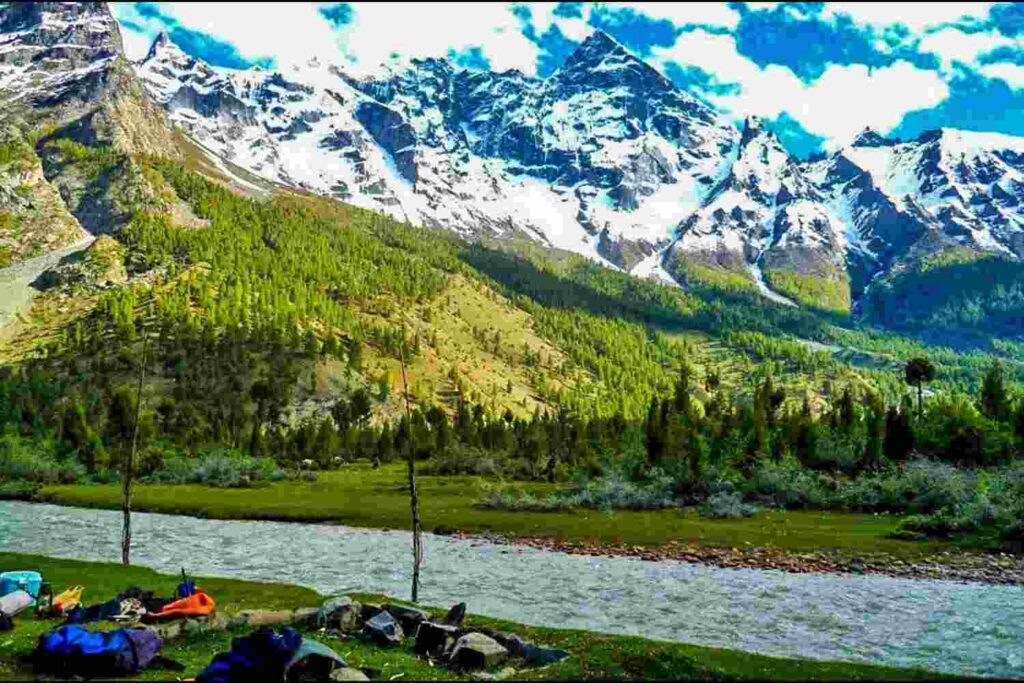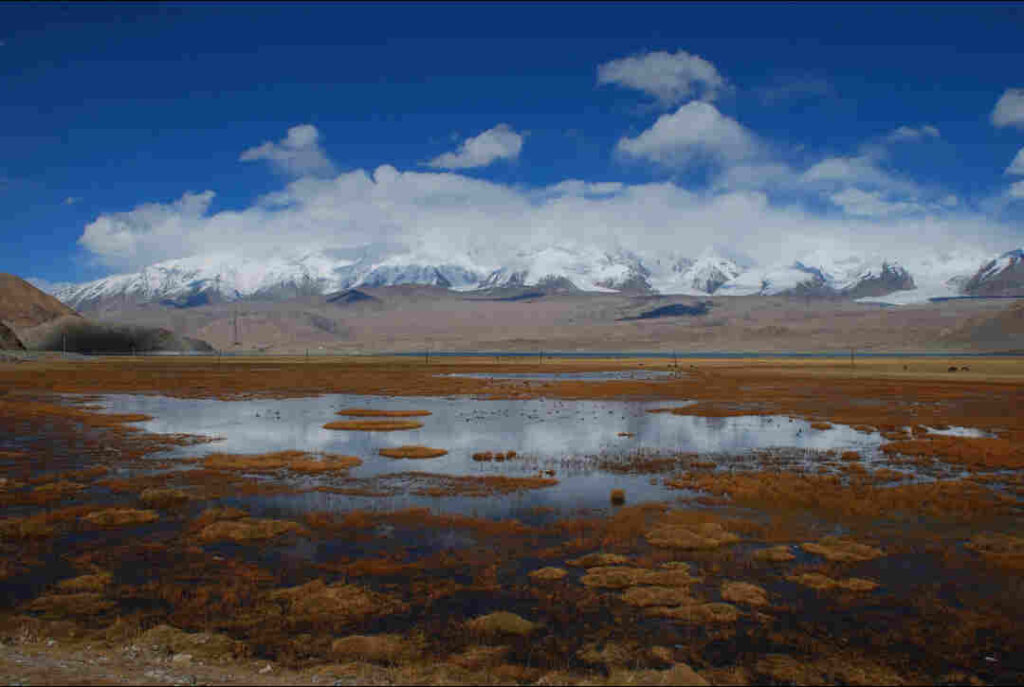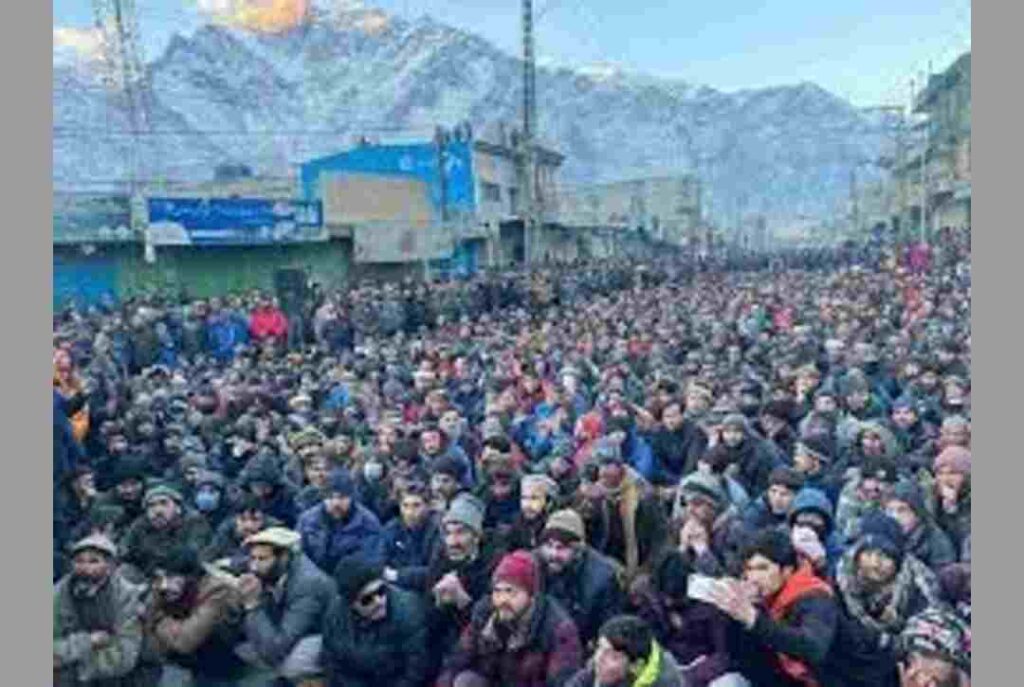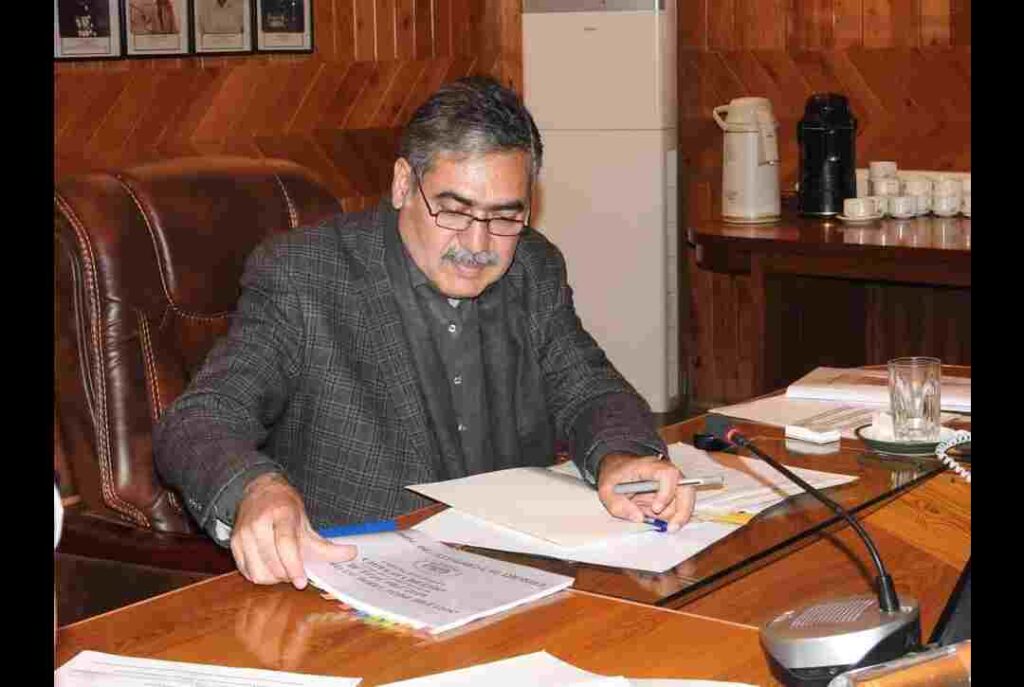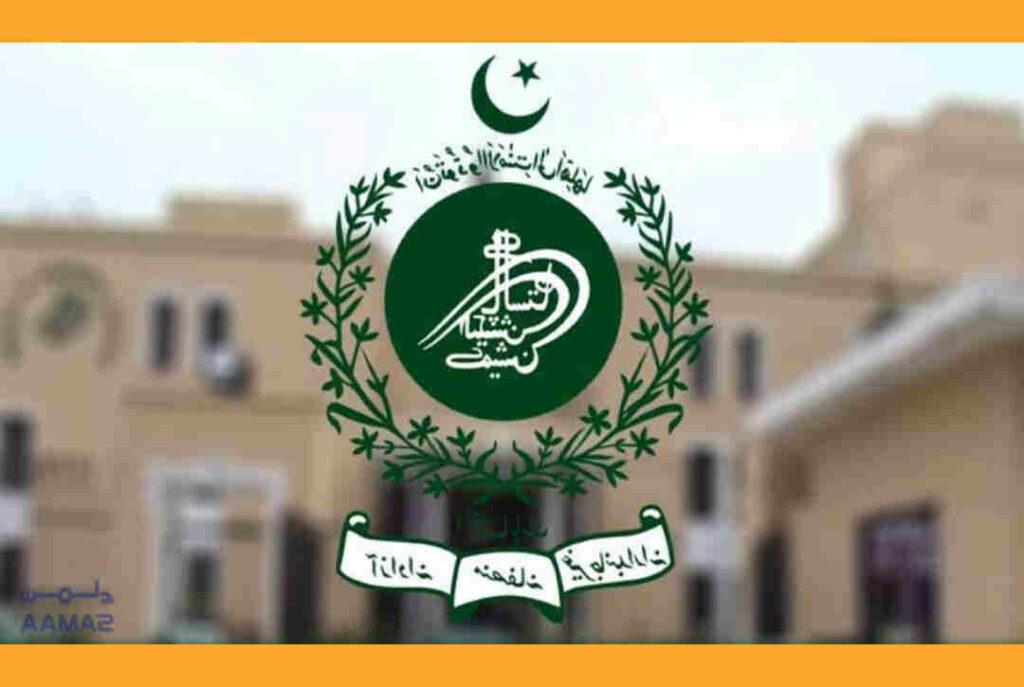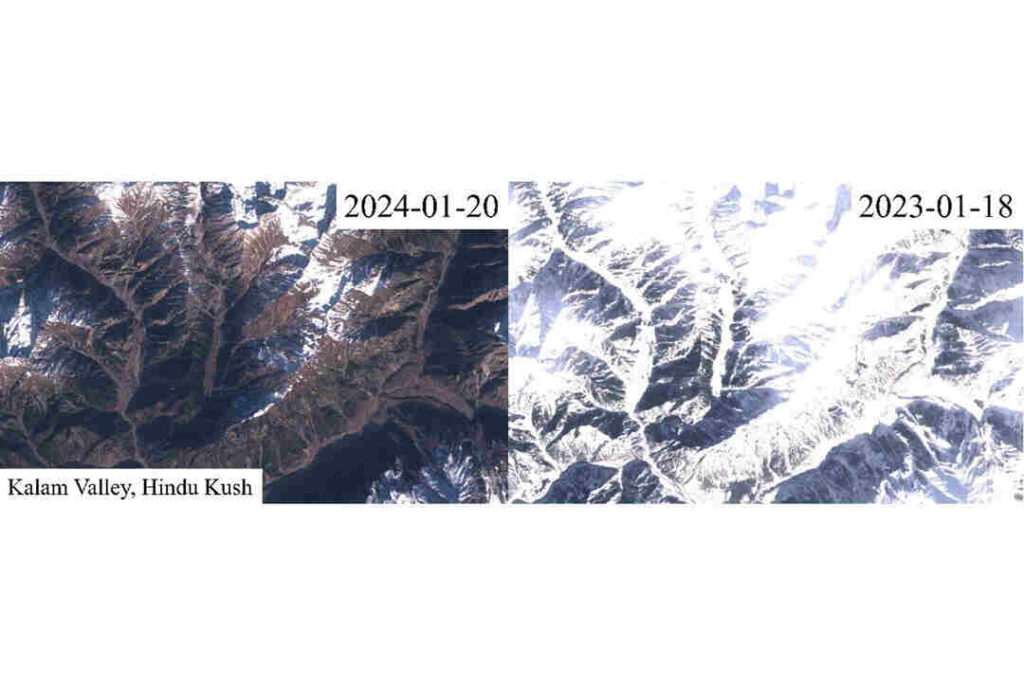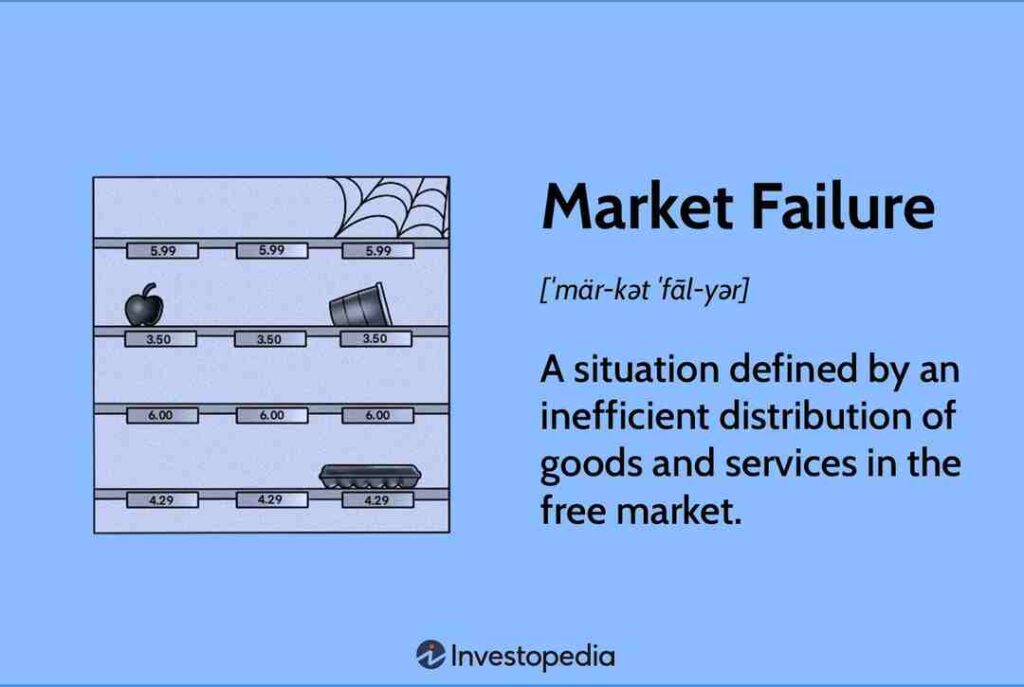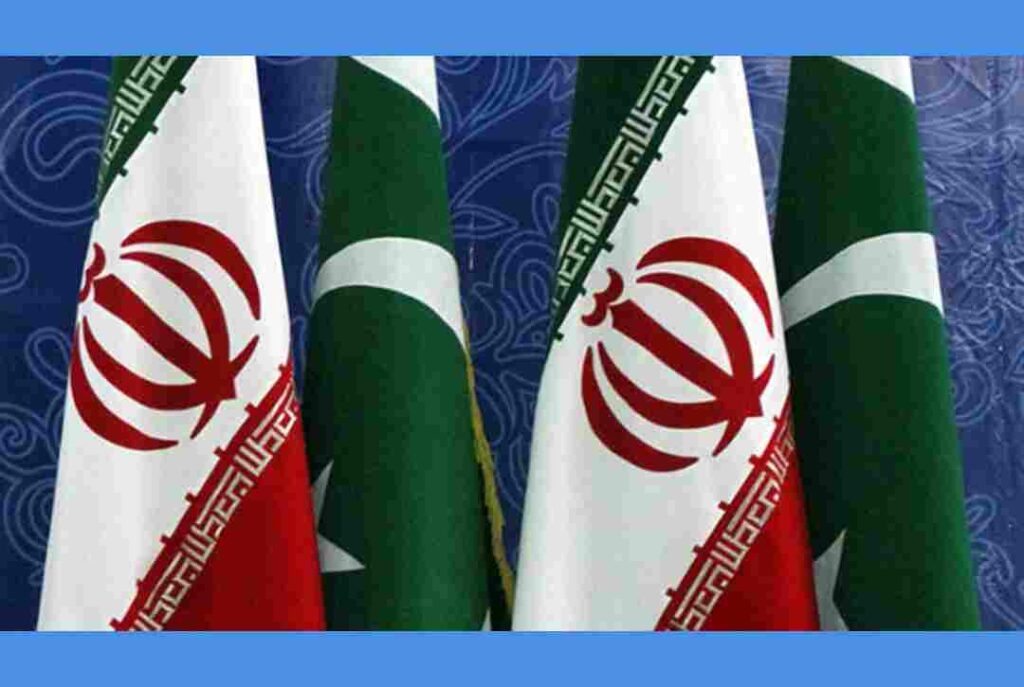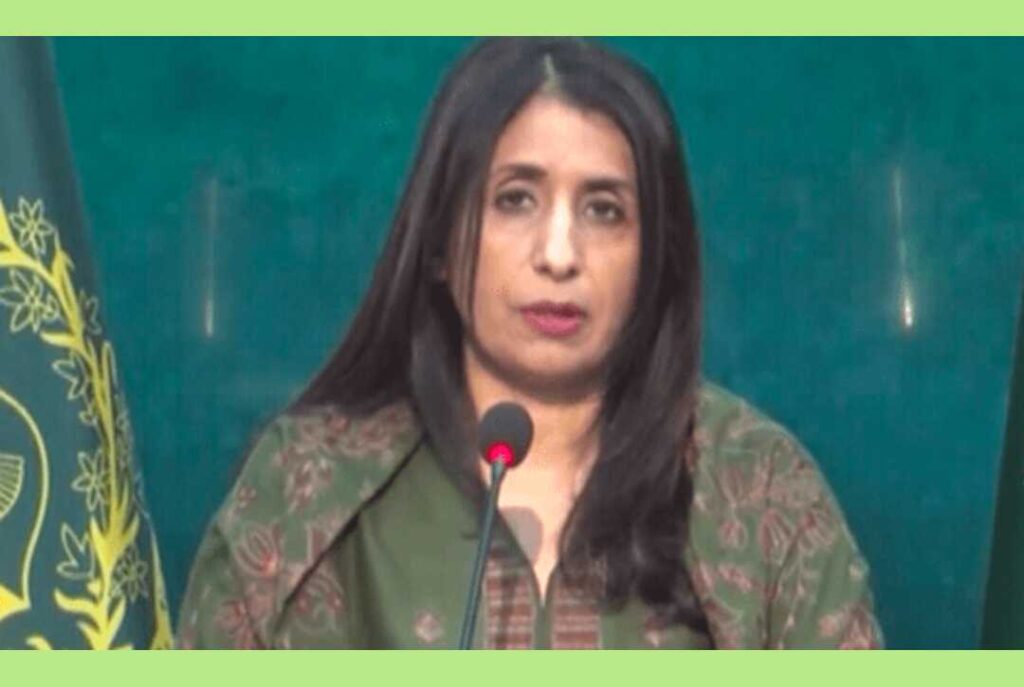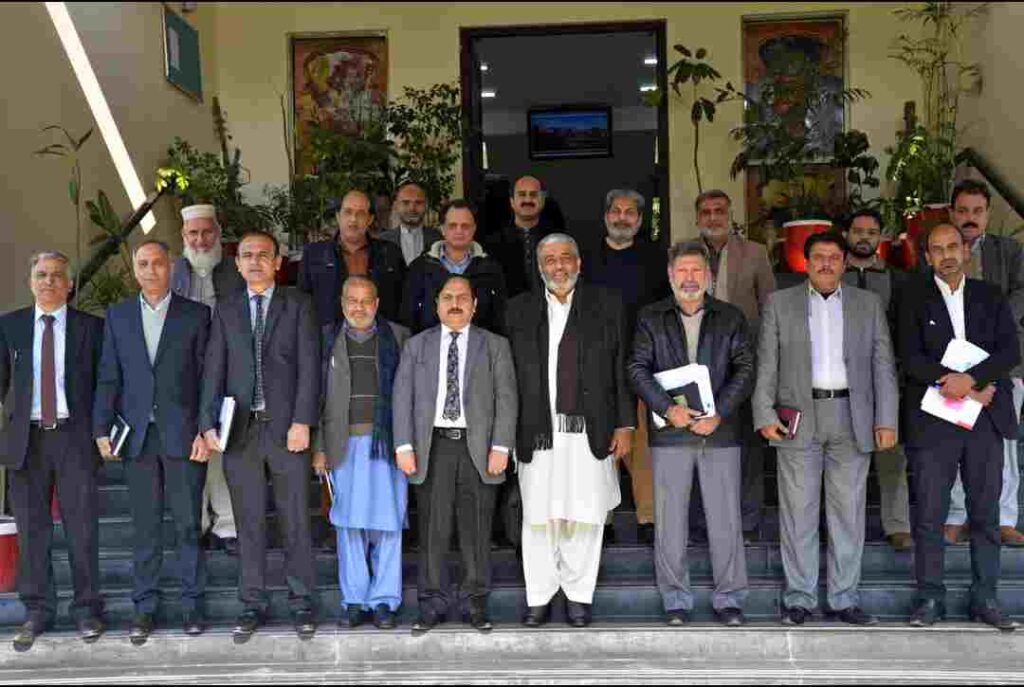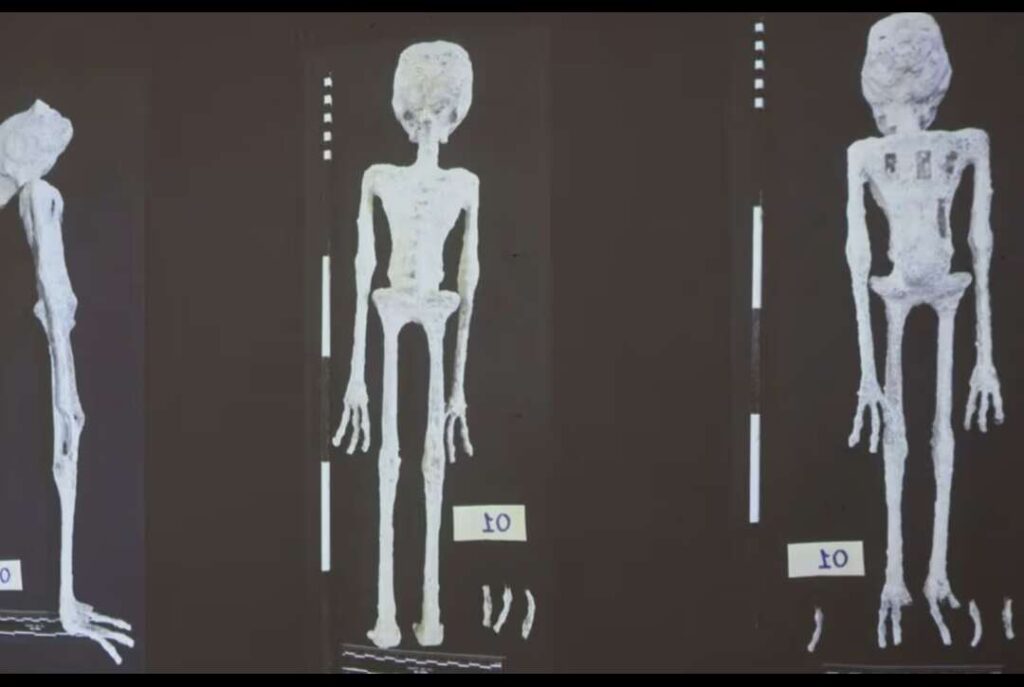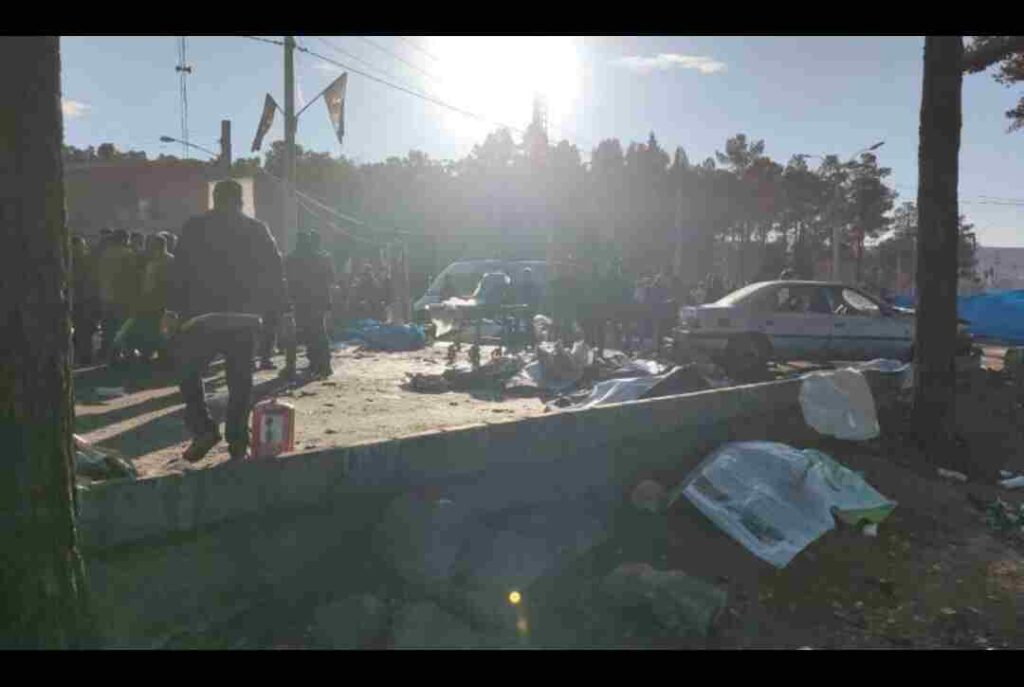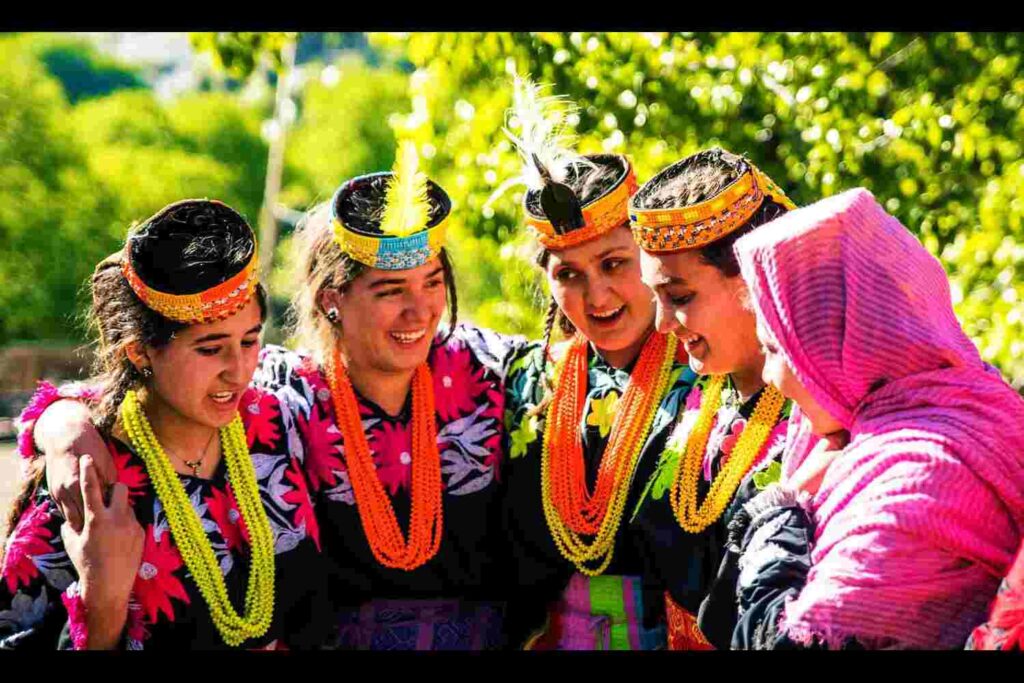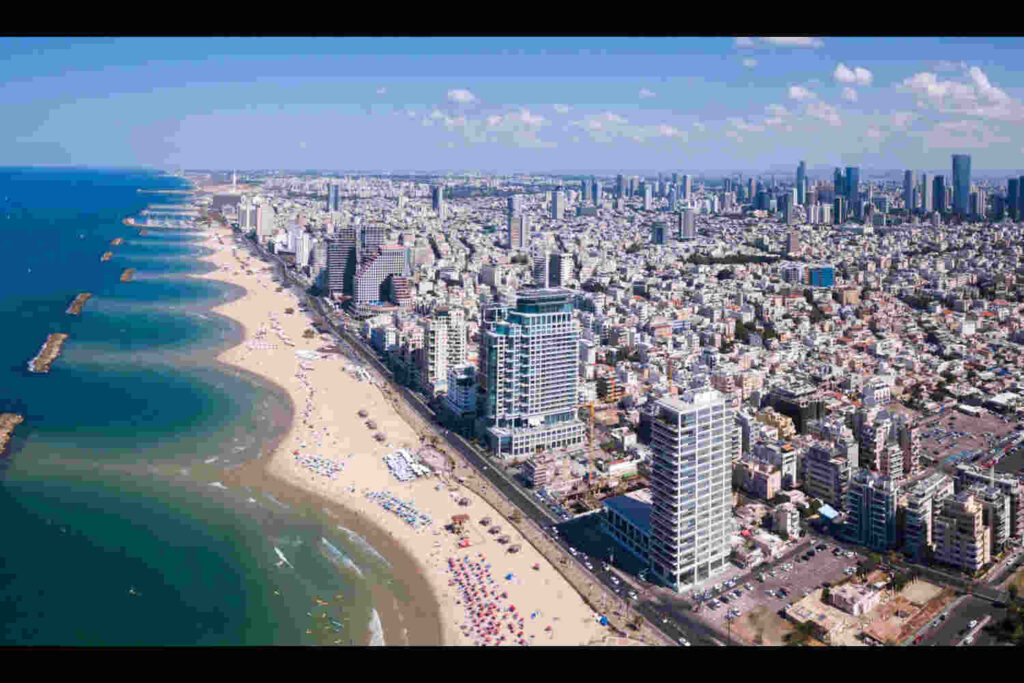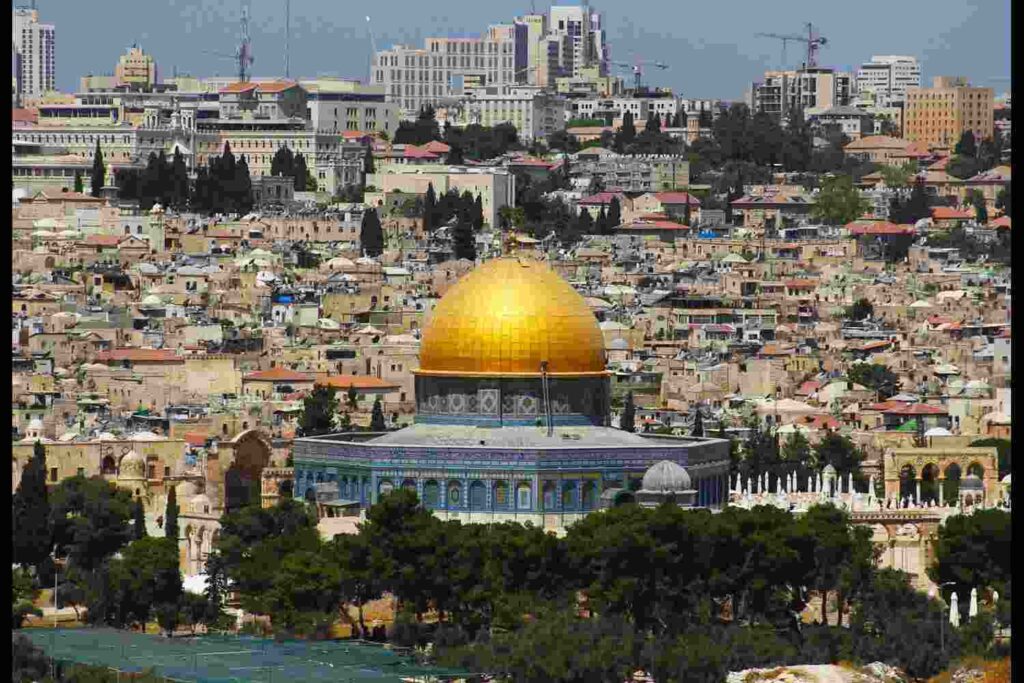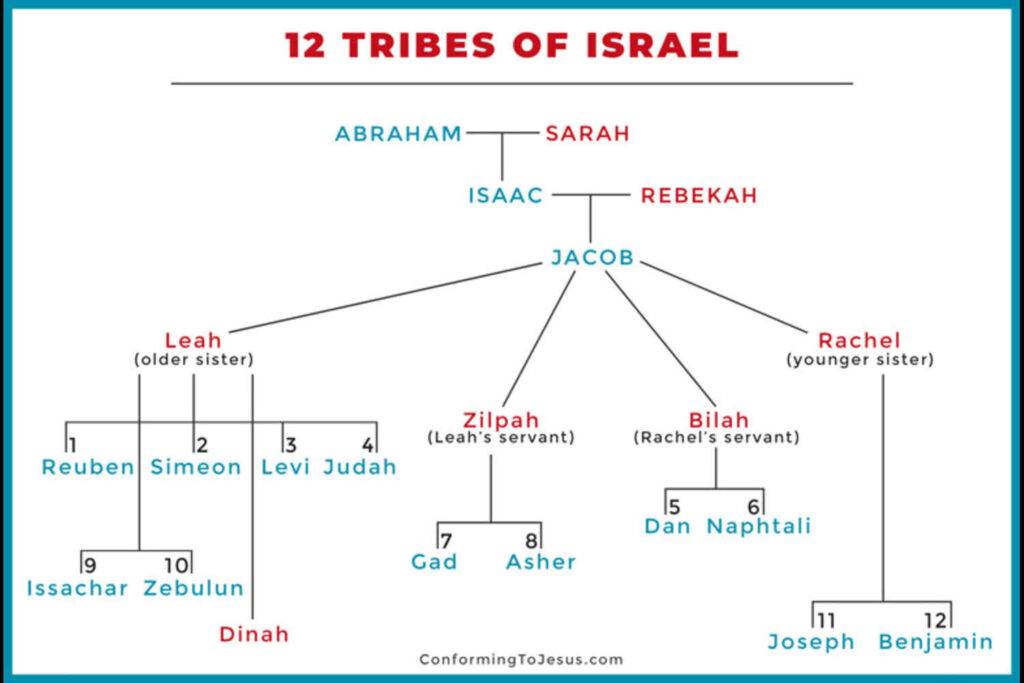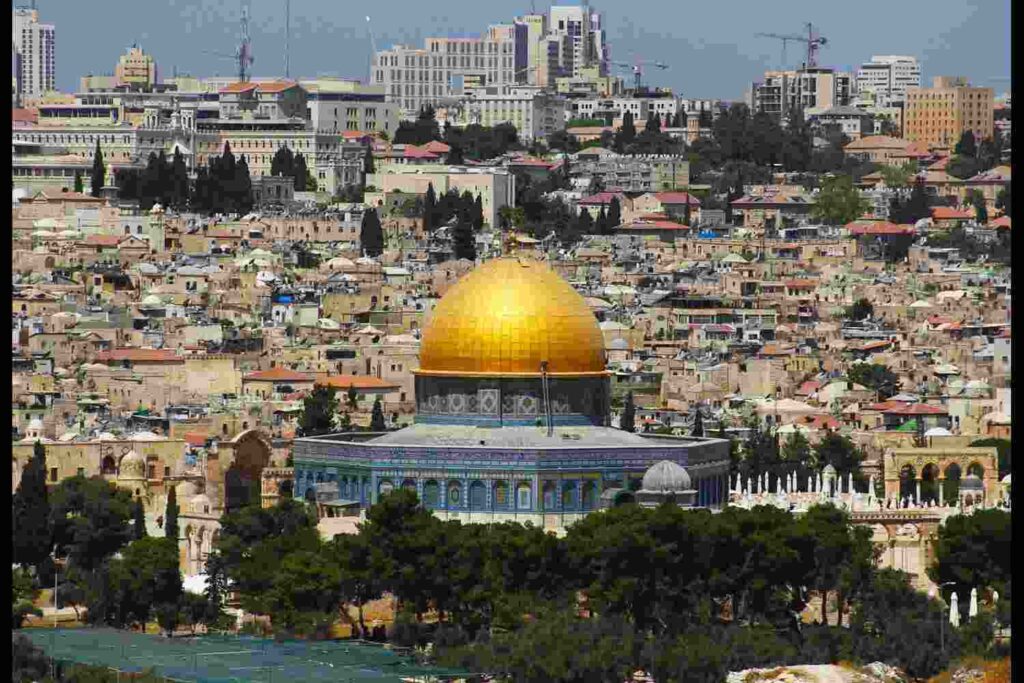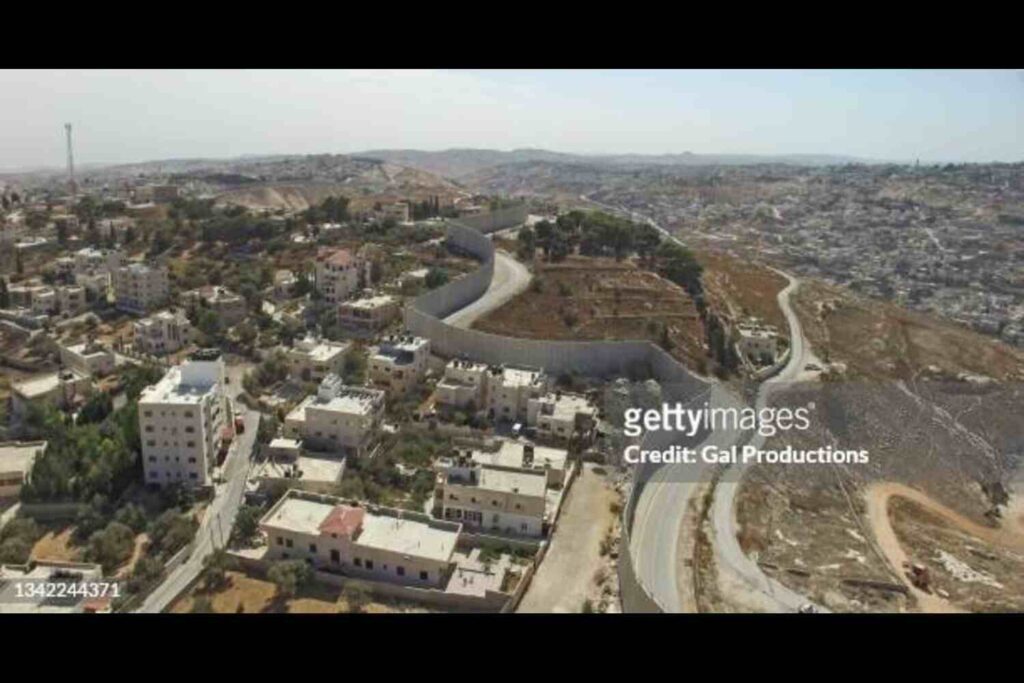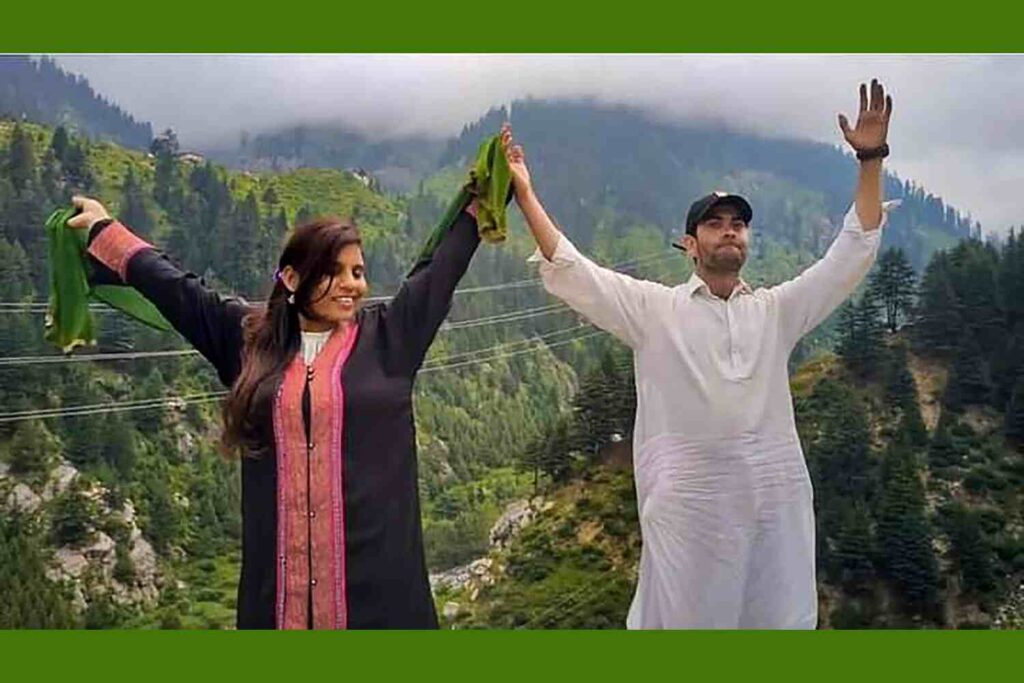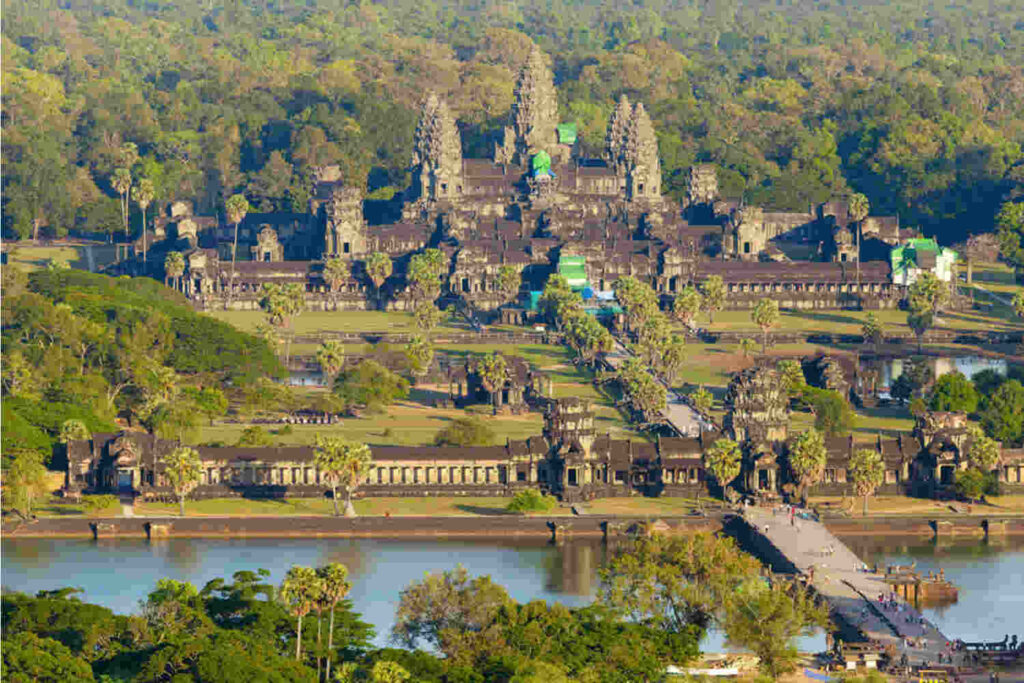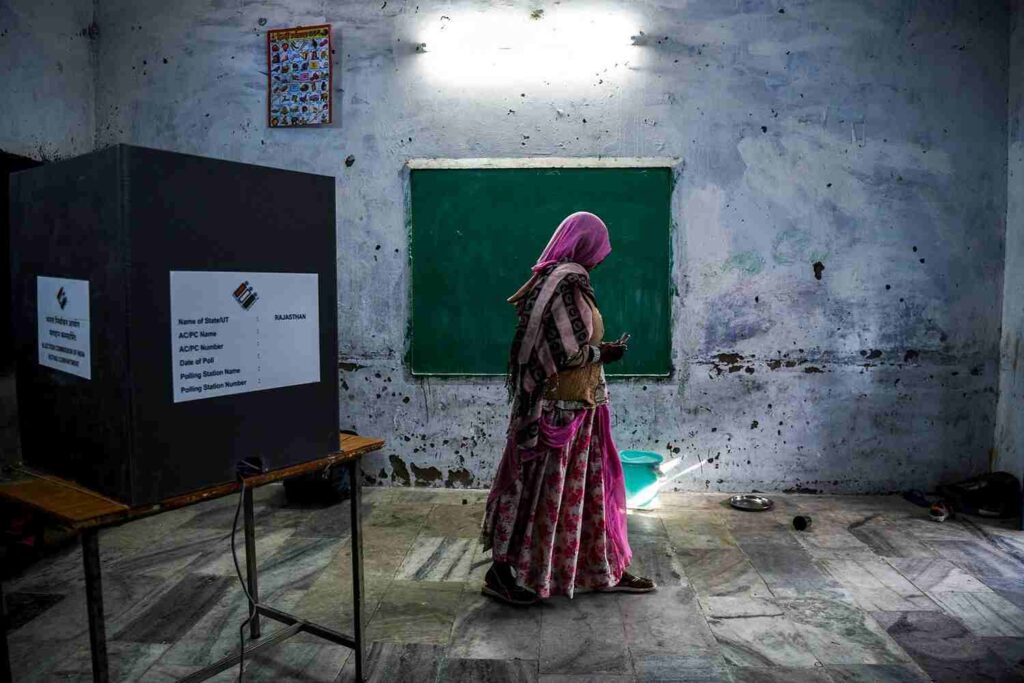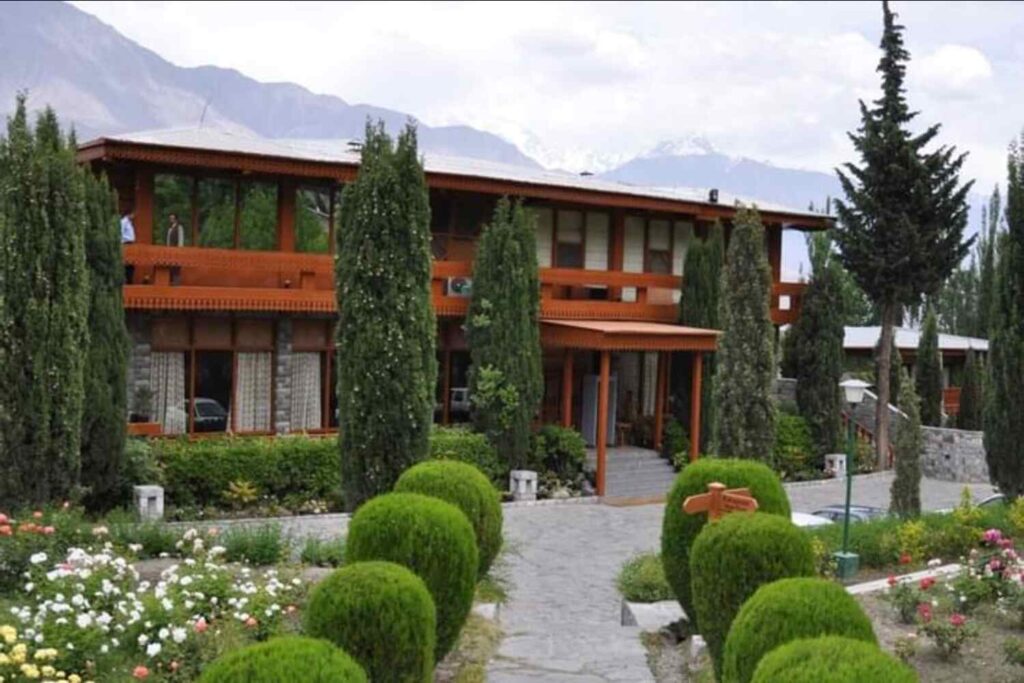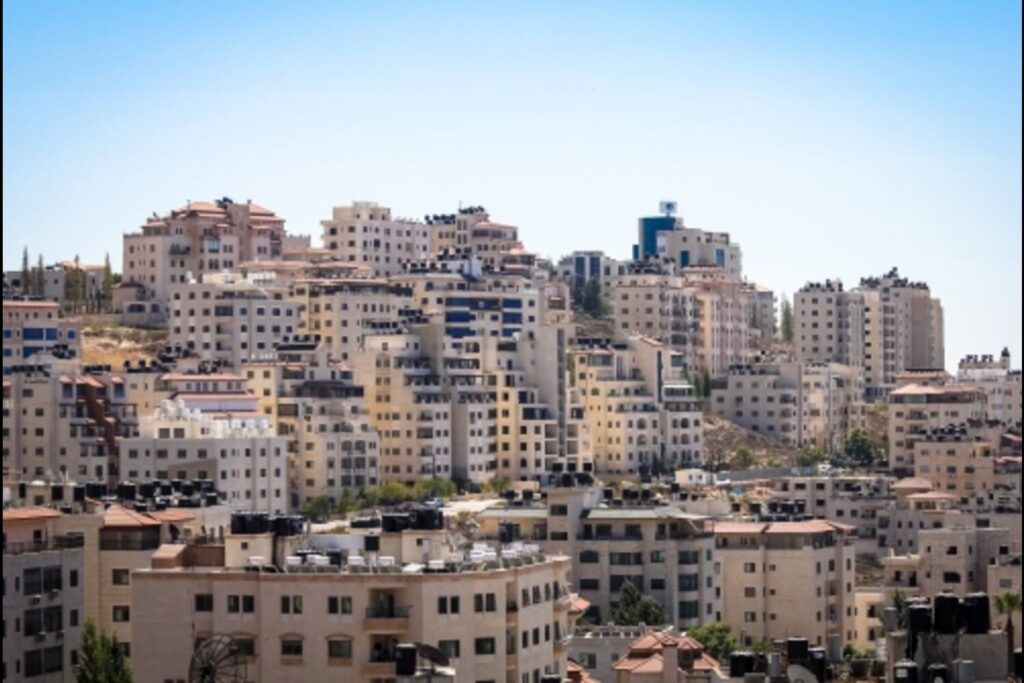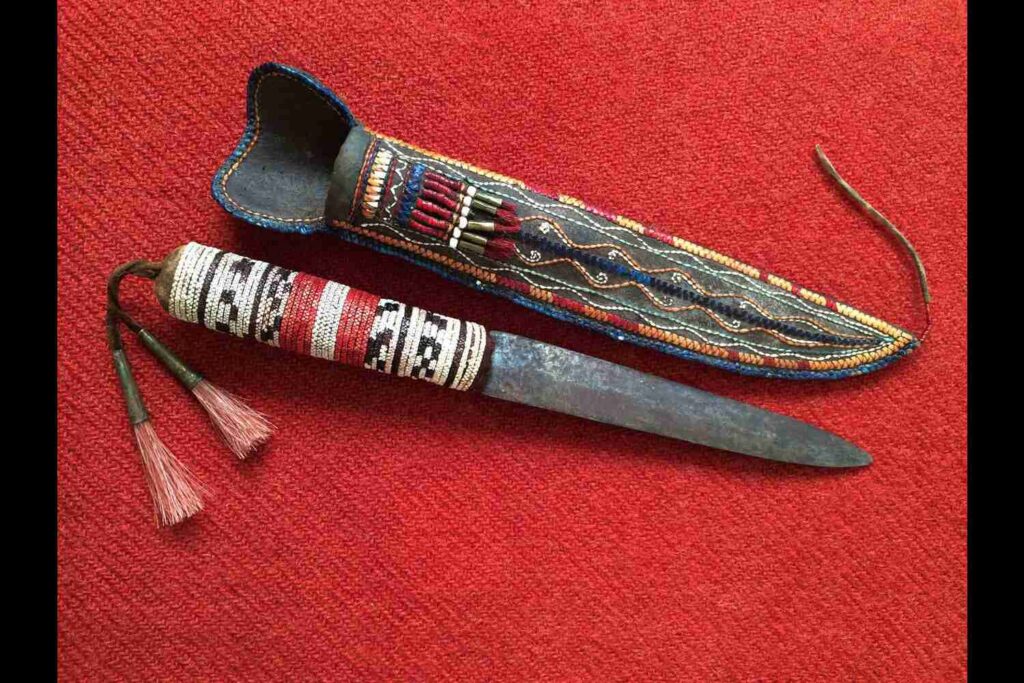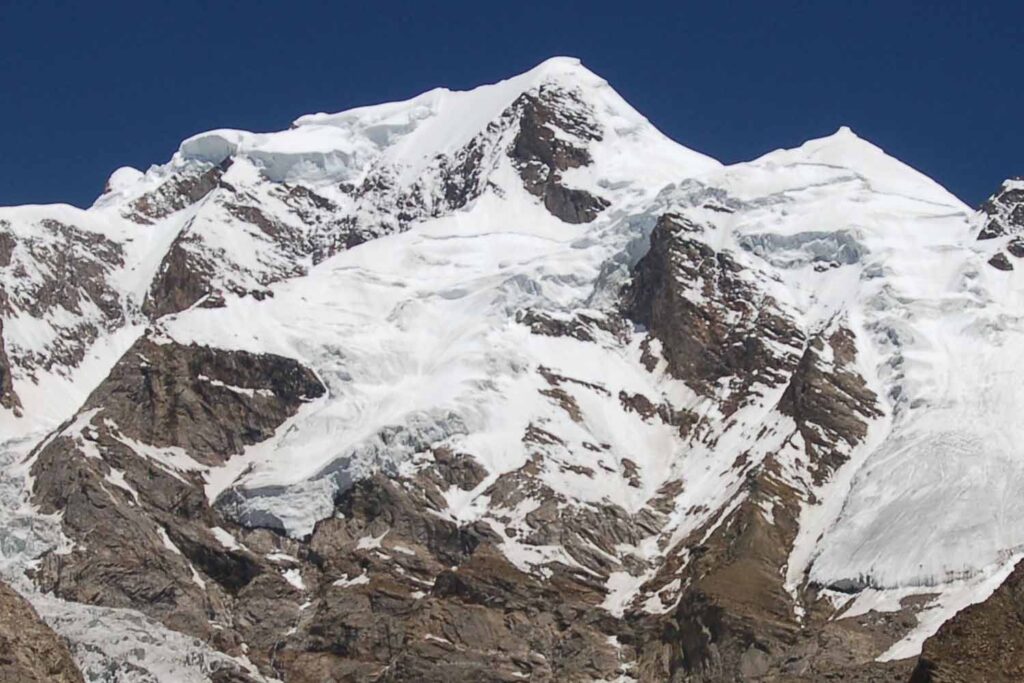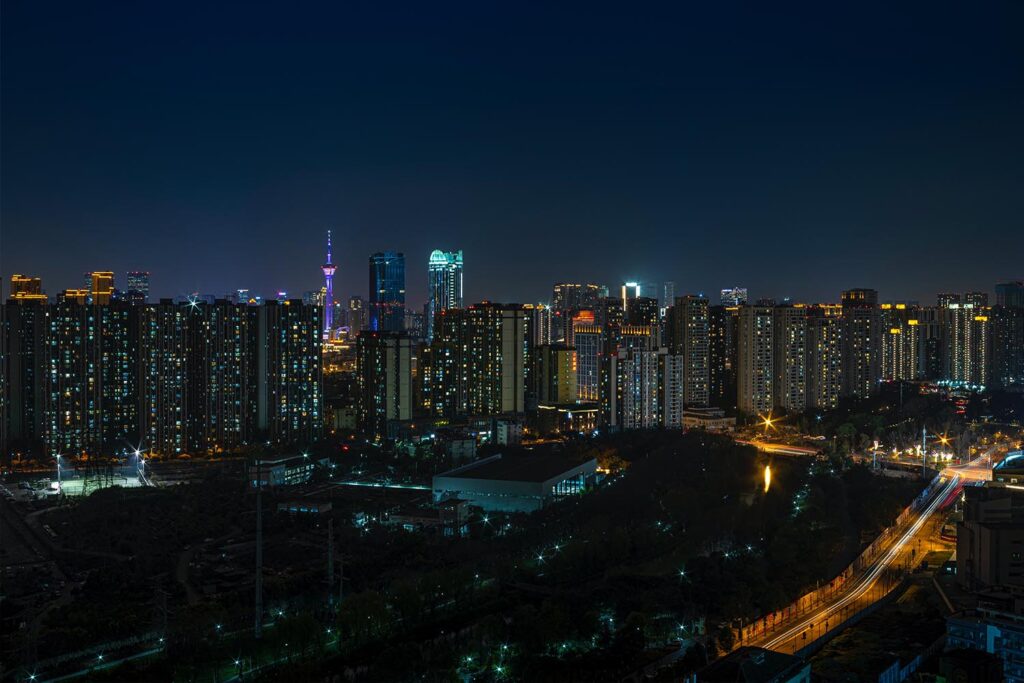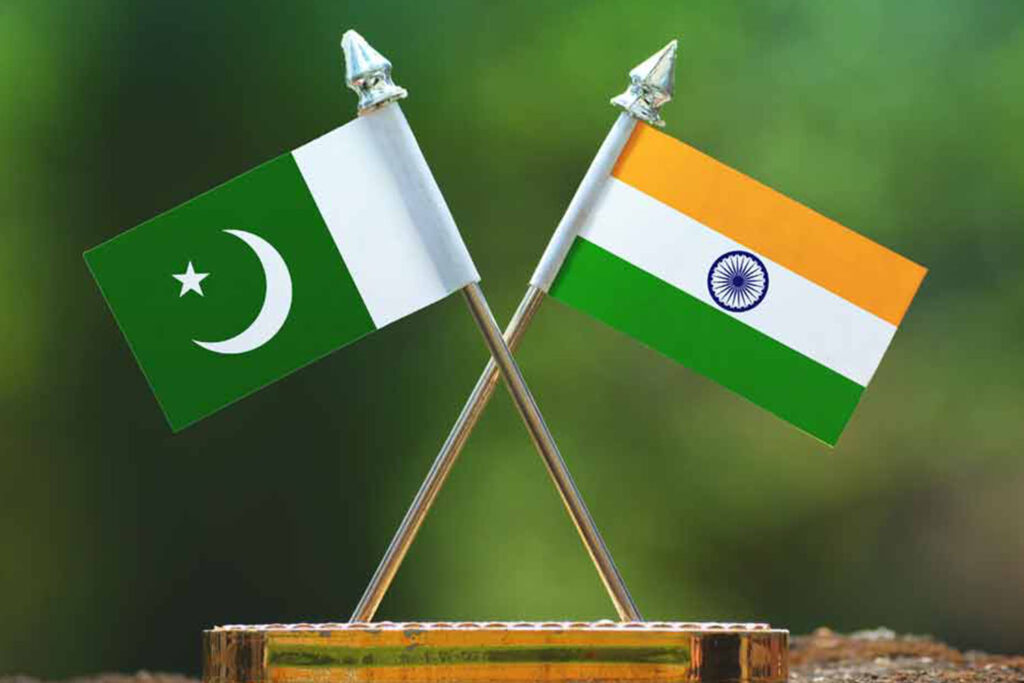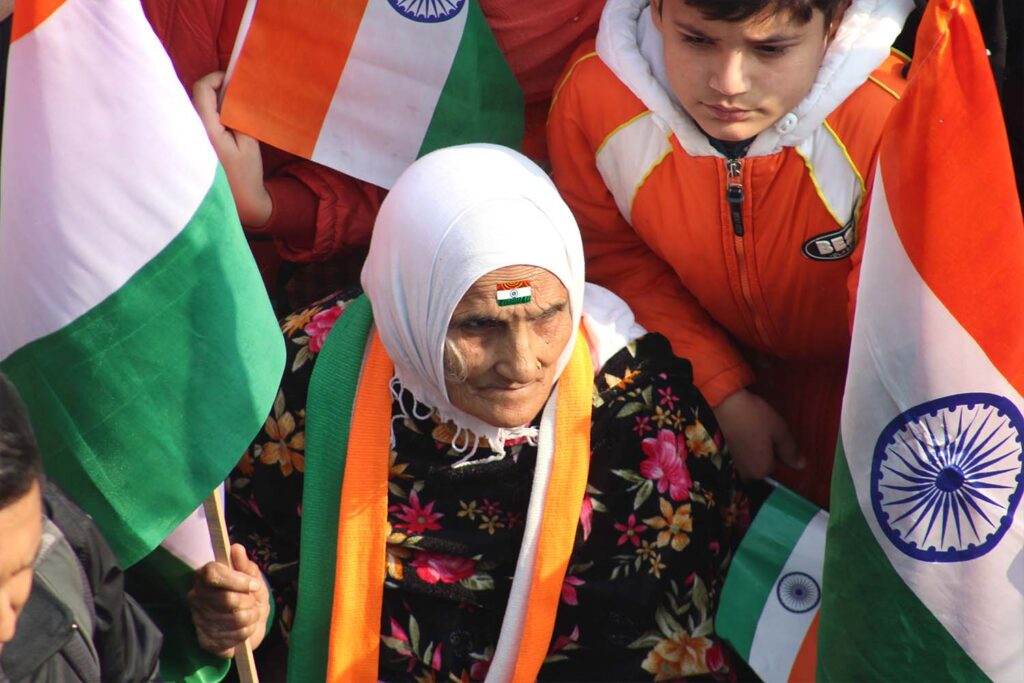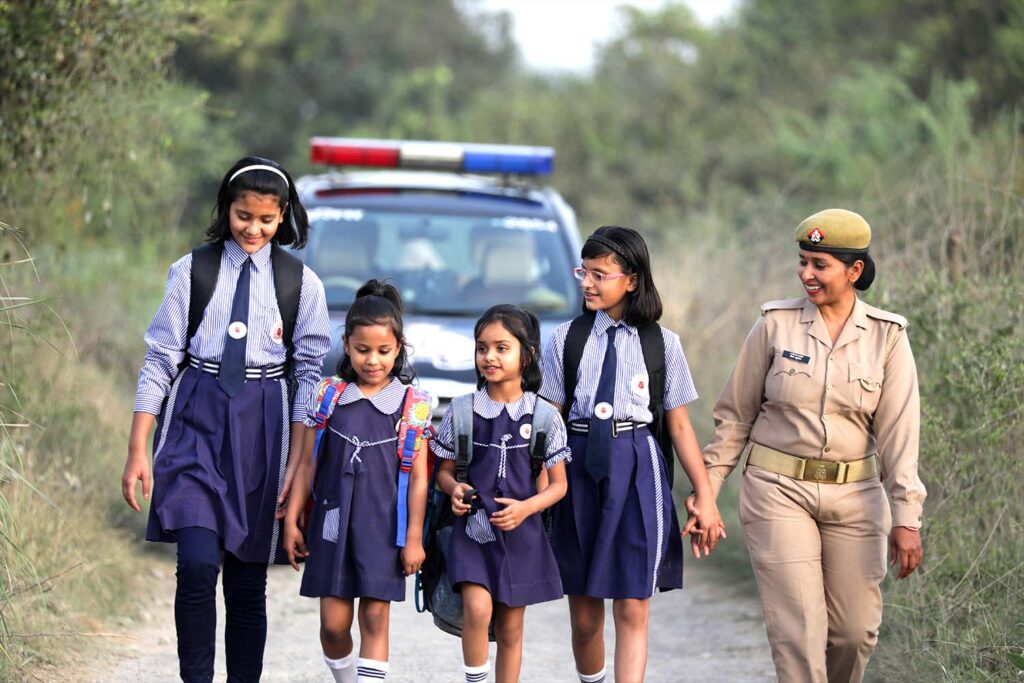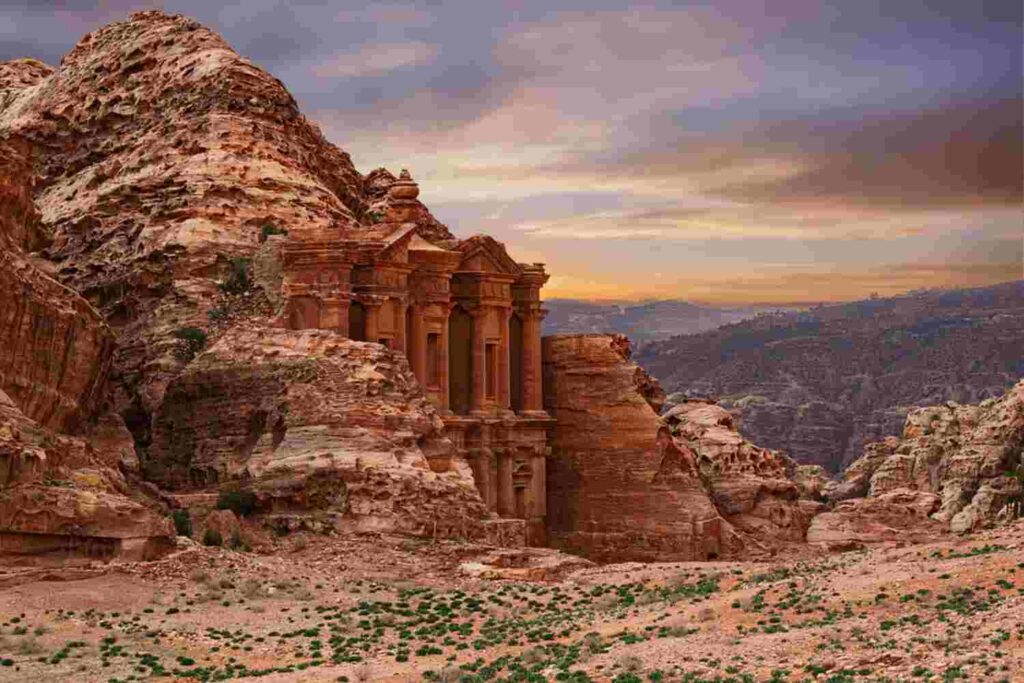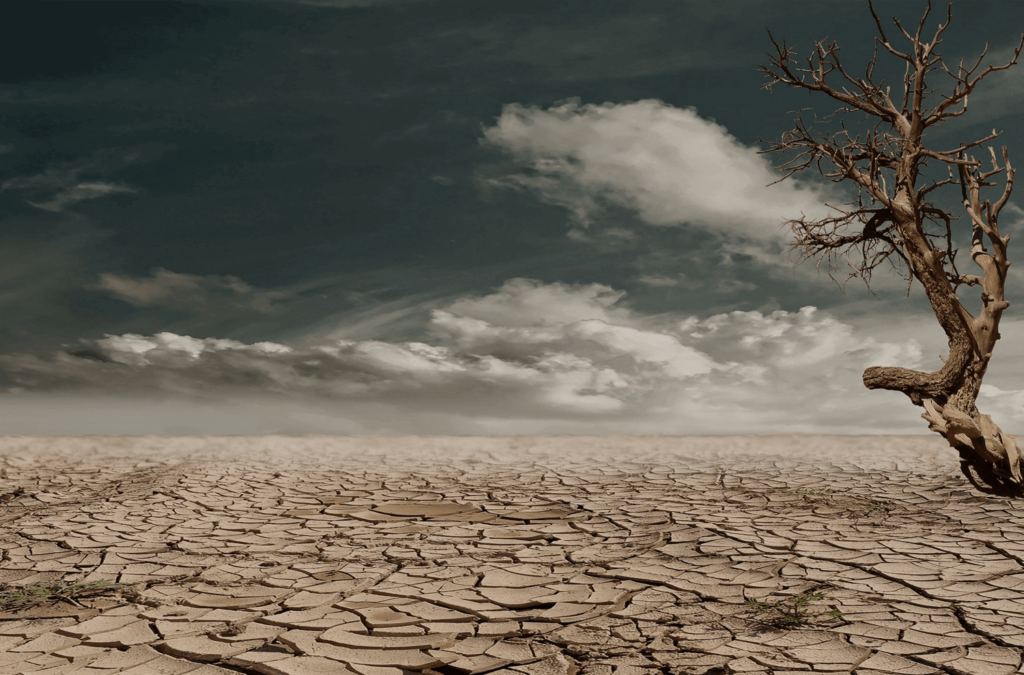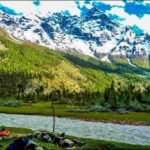World Wetlands Day 2024: Protect our wetlands for better human wellbeing
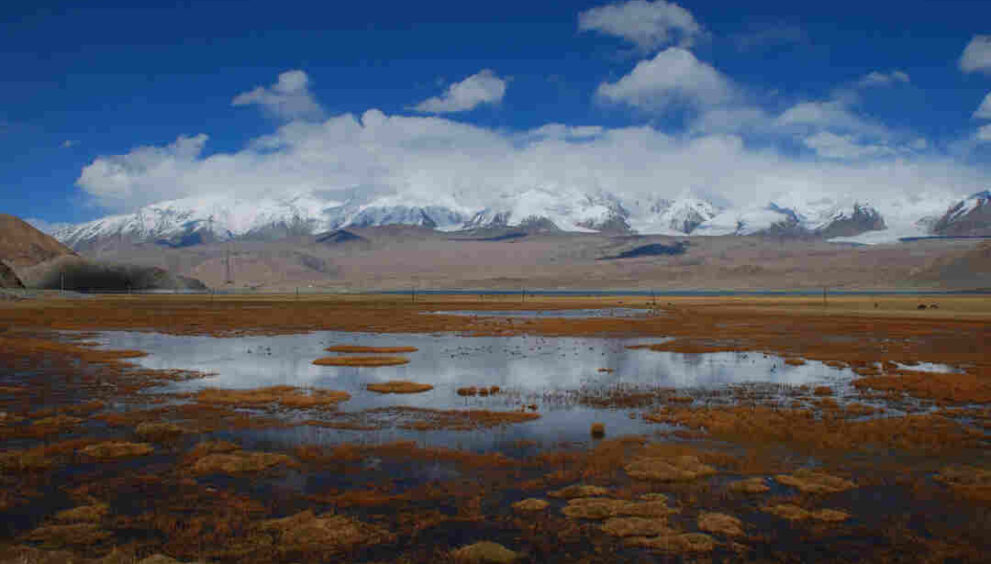
Wetlands are essential for human life. Today, 2nd February, is World Wetlands Day – a UN International Day designed to bring awareness to the cause of protecting and restoring the world’s wetlands.
This year’s theme is ‘Wetlands and human wellbeing’ – to highlight how human life and wetlands are interconnected, and have been since the dawn of our species.
As civilisations developed, many human settlements were established near wetlands – both freshwater and saline – including lakes, rivers, swamps, marshes, wet grasslands, peatlands, oases, estuaries, deltas, tidal flats, mangroves, coral reefs and underground aquifers. From wetlands, humans have derived water for drinking, washing, irrigating crops and providing water for livestock. They have also been used for recreation and inspiration, and they hold deep religious and cultural significance.
In the Hindu Kush Himalaya (HKH), wetlands account for 10% of the area, and the region is home to the largest number of high-altitude wetlands globally. One example of the profound connection between wetlands and human wellbeing is Lake Mansarovar, located at 4550 metres above sea level, at the foot of Mount Kailash in Tibet. This sacred lake draws visitors not only for its breathtaking beauty but also for its deep spiritual and religious significance, especially for followers of the Bon, Buddhist, Hindu, and Jain faiths. Every year, thousands of people from various parts of the world embark on pilgrimages to Mansarovar, seeking mental, spiritual, and emotional healing.
Threats to wetlands and the importance of conservation
The fragile ecosystems of high-altitude wetlands are particularly vulnerable to the impacts of climate change, including rising temperatures, glacial retreat, and altered precipitation patterns. These changes pose a direct threat to the biodiversity and functioning of these ecosystems. Other threats are from unregulated tourism, infrastructure development, and overgrazing by livestock.
It is important to manage and conserve these sites for their multiple values. For instance, the Phobjikha wetland, located at an altitude of 3,000m in Wangdue Phoorang district in Bhutan, harbours a significant population of the endangered, black-necked crane (Grus nigricollis). Phobjikha is a prime site for birdwatching, an activity which reflects a harmonious relationship between humans and nature. The numbers of migratory birds are increasing as a result of conservation efforts at the site; also because it’s an important biological corridor between Jigme Dorji National Park and Jigme Singye Wangchuk National Park. Bhutan’s focus on conservation reflects a deep spiritual connection between people, the cranes, and religious belief and practice. “Bhutan’s Ramsar sites are indirectly contributing towards human wellbeing by protecting the vital habitat of the black-necked crane, especially at Gangtey-Phobji,” says Kinley Tenzing, Executive director of Royal Society for Protection of Nature.
Embracing the potential of wetlands for human wellbeing
Numerous organisations and government bodies are dedicated to conserving high-altitude wetlands in the HKH through community-based projects, sustainable tourism, and research. Recognising their significance and adopting sustainable practices is not just an ecological responsibility but also a means of safeguarding the wellbeing and livelihoods of local communities and visitors.
During ICIMOD’s current four-year plan, MTAP-V, our dedicated teams plan to conduct mapping and rapid assessment of the management status of significant wetlands – mainly ‘Ramsar sites’, wetlands of international importance – and peatlands of the HKH region, to advocate policy changes and increase investments from the HKH countries for the management of such areas and identify areas for regional collaboration. In December 2023, Wetlands International South Asia (WISA) and ICIMOD conducted a roundtable meeting of Ramsar national focal points of the South Asia region on the ‘Wise use of wetlands in South Asia through regional collaboration and exchange’. The aim of the meeting was to develop modalities for the operation of the Regional Platform for Wetlands Conservation and Wise Use in South Asia.
Protect and restore our wetlands for better human wellbeing
The continued existence of wetlands is dependent on how we humans treat them. Action in this area is much needed, as nearly 90% of the world’s wetlands have been lost since the 1700s – 35% of wetlands have been lost since 1970, and they are currently disappearing 3 times faster than forests. Human activity in this regard includes draining and infilling wetlands for agriculture and construction, pollution, overfishing and overexploitation of resources, invasive species and climate change. This disheartening scenario is replicated across wetlands of the HKH. Conversely, wetlands have been found to improve and restore human health – both physically and mentally.
It is crucial for us all to improve our knowledge of the wetlands in our region – especially those found at high-altitude, and to educate others to their great ecological, spiritual, psychological and economic value. At the regional and policy level, we must encourage decision makers to focus greater attention on the integrated management of wetlands. After all, human health depends on healthy wetlands. — ICIMID

 English
English 